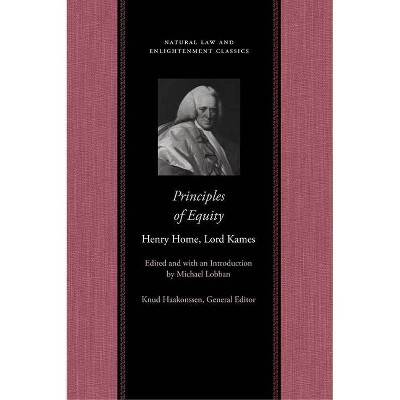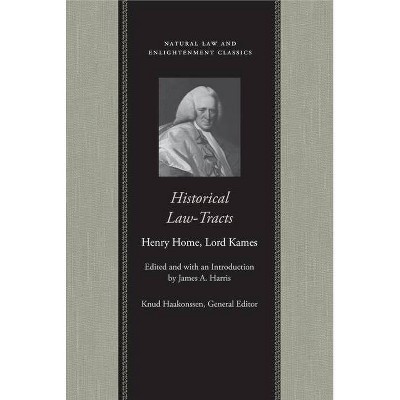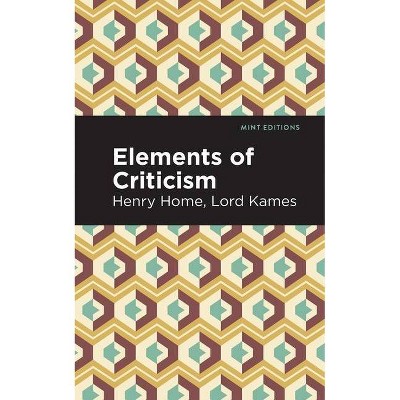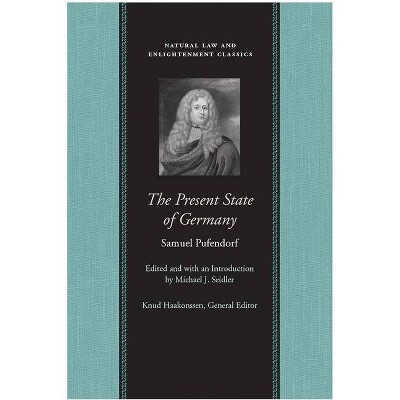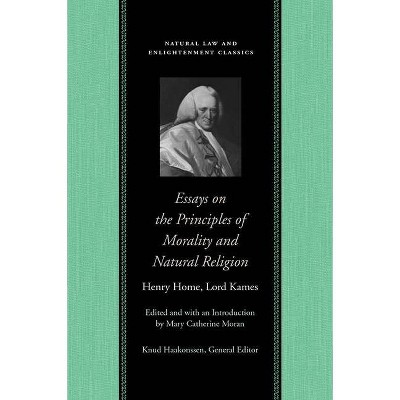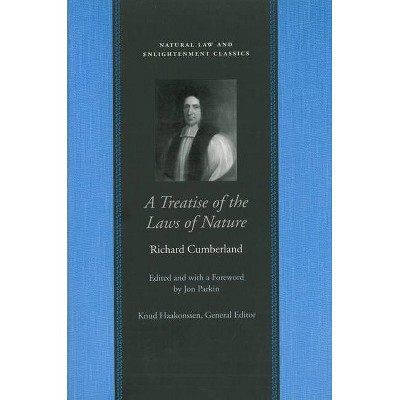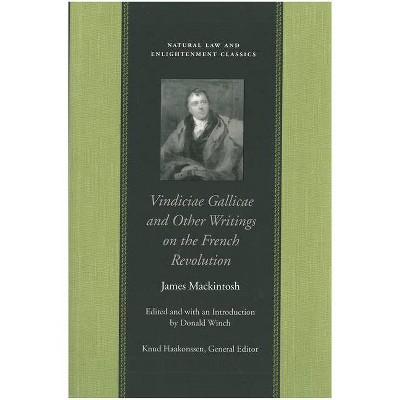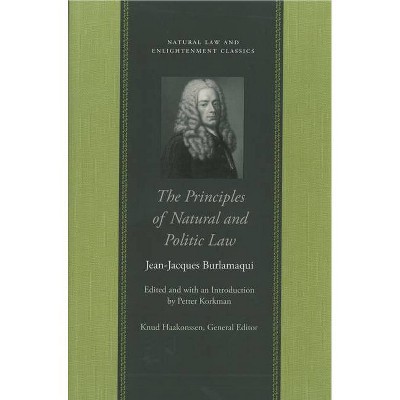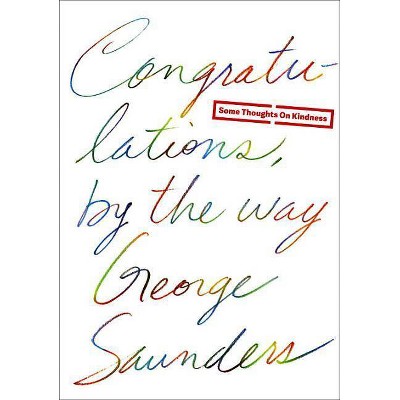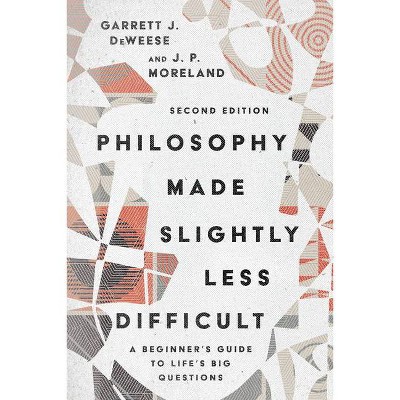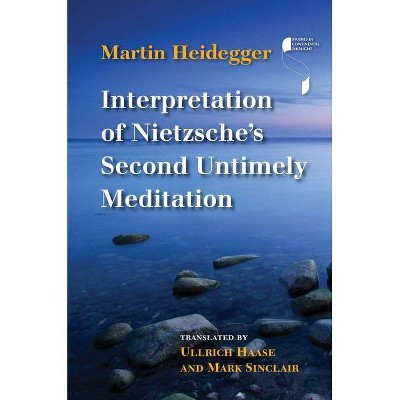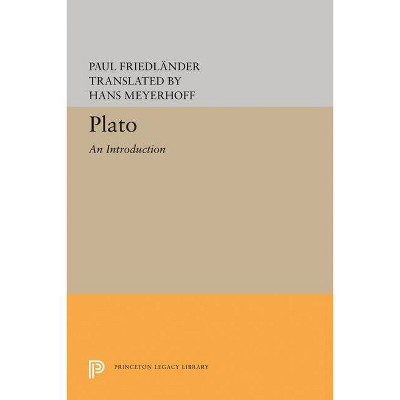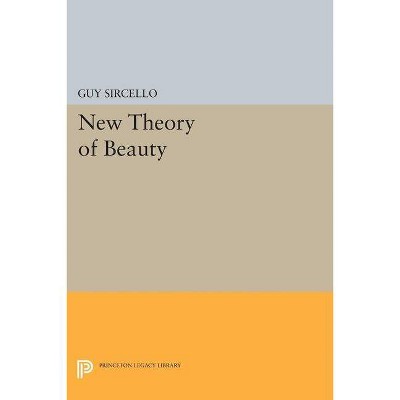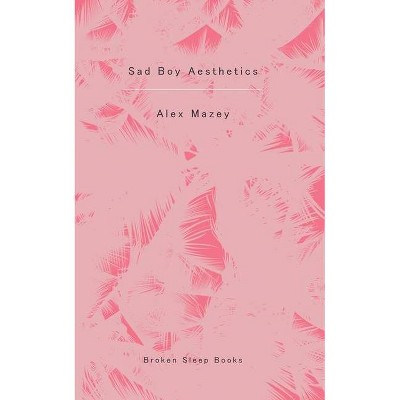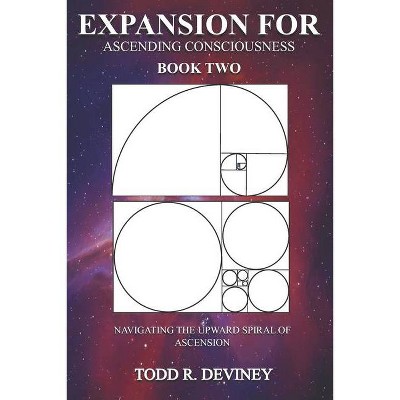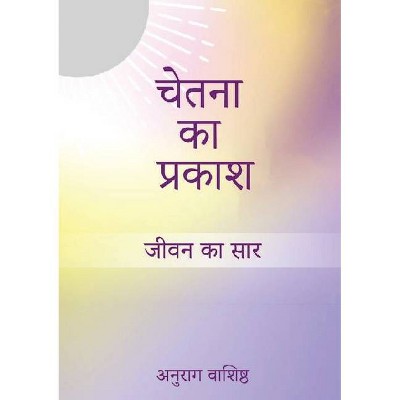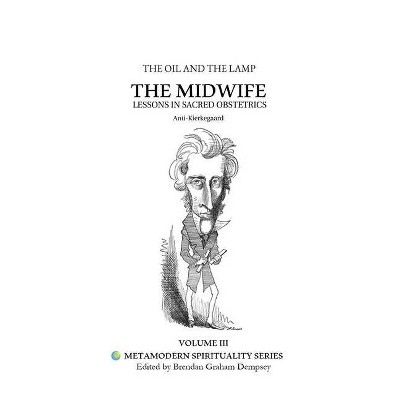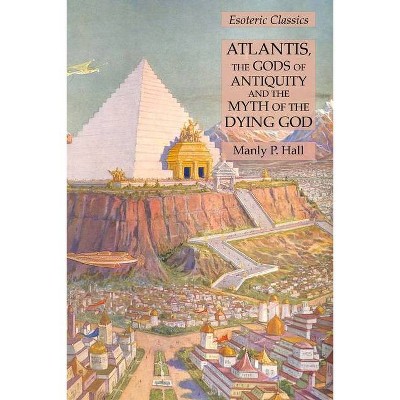Elements of Criticism - (Natural Law and Enlightenment Classics (Hardcover)) by Henry Home Lord Kames (Hardcover)
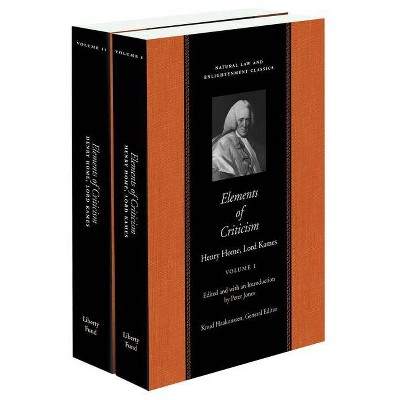
Similar Products
Products of same category from the store
AllProduct info
<p/><br></br><p><b> Book Synopsis </b></p></br></br><p><strong><em>Elements of Criticism</em></strong> is Kames's most influential work. When it first appeared, in 1762, it was the most comprehensive philosophical work on "criticism" in English, and it was published in five editions during Kames's lifetime and another forty editions over the next century. In America, <em>Elements of Criticism</em> served as a standard text for college students of English.</p> <p>Liberty Fund's edition of <em>Elements of Criticism</em> is the first modern edition of one of Kames's most influential works. In <em>Elements</em>, Kames sets out his argument that the "science of criticism" is a "rational science;" it is "a subject of reasoning as well as of taste." Volume one explores the nature and causes of the emotions and passions. Volume two delineates principles of rhetoric and literary appreciation, ending with a discussion of the formation of a standard of taste. Kames illustrated both volumes with a vast range of examples from classical literature and the arts of his own day.</p> <p><strong>Henry Home, Lord Kames</strong> (1696-1782) was one of the leaders of the Scottish Enlightenment.</p> <p><strong>Peter Jones</strong> is Professor Emeritus of Philosophy at the University of Edinburgh.</p><p/><br></br><p><b> Review Quotes </b></p></br></br><br>Lord Kames's <b><i>Elements of Criticism</i></b>(1762) was a notable success with readers in the decades after its first publication, going through eight editions within twenty years; and, like the slightly later lectures on rhetoric of Hugh Blair, it went on to a considerable afterlife (in abridgments) with nineteenth-century students of rhetoric in the United States. Over the last century or so, however, the text has had far less currency. The only editions printed in the last few decades have been the 1993 Thoemmes Press version (in fact a photographic reprint of the sixth edition of 1785) and a more recent paperback put out by the University Press of the Pacific. Similarly, <b><i>Essays on the Principles of Morality and Natural Religion</i></b><i></i>(1751) has not been available for thirty years, except for the 1999 Thoemmes reprint. Both of these new editions are therefore welcome and highly useful additions to the range of Scottish Enlightenment texts available to students of the period.<br /><br /><b><i>Elements of Criticism </i></b>is impressive as an attempt to furnish both a psychology of aesthetic response and a series of descriptions and rules of successful composition, what Helen Whitcomb Randall described many years ago as the "analytic" and "synthetic" parts of the work. Its formulation of the concept of "ideal presence" (in chap. 2, "Emotions and Passions") to describe absorption in a remembered <i>or</i> represented (fictive) scene is an important contribution to contemporary debates on the value of reading history vs. fiction. . . .Unlike Alexander Gerard and other contemporaries who worried about the impact of literature and other aesthetic productions on susceptible populations (lower-class novel-readers, for example), Kames argues that such works do not provide a means to challenge or re-imagine the subject's position in social hierarchies. Rather, they add to the support for that hierarchy. This argument is given perhaps its most fascinating articulation in Kames's late chapter on "Gardening and Architecture," where he uses public architecture and Highland road-building projects as exemplary instances of political intervention, displays of state power serving to dazzle, distract, reform or, in the last instance, threaten restive local "plebians" and "low people" with a show of resources and state organization.<br /><br />Peter Jones's introduction to <b><i>Elements</i></b><i></i>effectively situates Kames in his cultural and intellectual context, sketching his education, legal career, and important friendships with David Hume and Adam Smith. More particularly, the essay makes clear the significance and impact of Kames's discussions of gardening, architecture, and painting in particular, in a period when, as Jones notes, there were "barely a dozen" private art collections in the whole of Scotland. Jones establishes the context and virtual necessity of Kames's habit of giving extensive lists and descriptions of his aesthetic sources: the "relative inaccessibility to most Scots of notable paintings, architecture or music" (xii).<br /><br />Similarly, Mary Catherine Moran's introduction to the less widely circulated but important <b><i>Essays</i> [<i>on the Principles of Morality and Religion</i>]</b> gives a short biography followed by a well-sketched overview of Kames's project to construct a moral system "on the principles of natural law" (ix), summarizing the arguments on morality, justice, necessity, and natural theology that he gives in the separate discussions comprising the work. Moran's comparison of the more or less static concept of human nature given in <b><i>Essays</i></b> with the better-known savage-to-civilization progress theory of Kames's <b><i>Sketches of the History of Man</i></b>(1774) illuminates the significant tension in Kames's work between historicism and commitment to a notion of a providential system. Both works include, in addition to well-judged footnotes, new indexes and short bibliographies of recent secondary literature. These volumes will now make it significantly easier to give Kames his full due as a major figure of the Scottish Enlightenment in the classroom.<br /><br /><b><i>Eighteenth-Century Scotland</i></b><br />Spring 2006<br>
Price History
Price Archive shows prices from various stores, lets you see history and find the cheapest. There is no actual sale on the website. For all support, inquiry and suggestion messages communication@pricearchive.us
